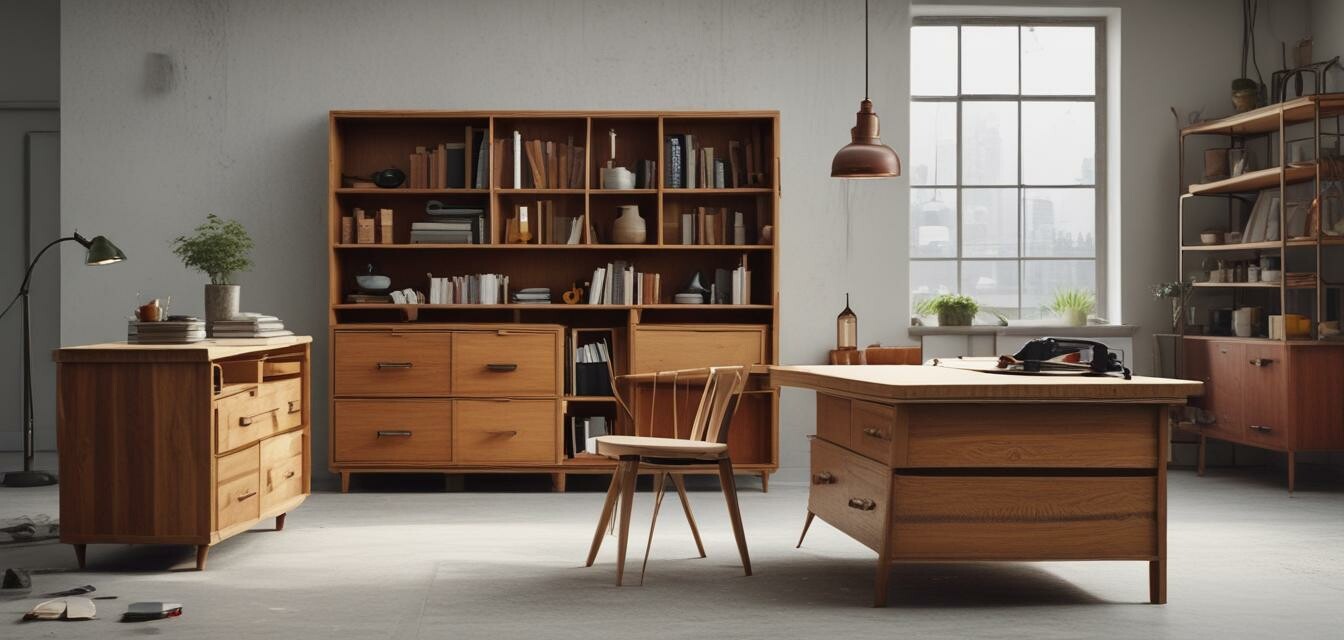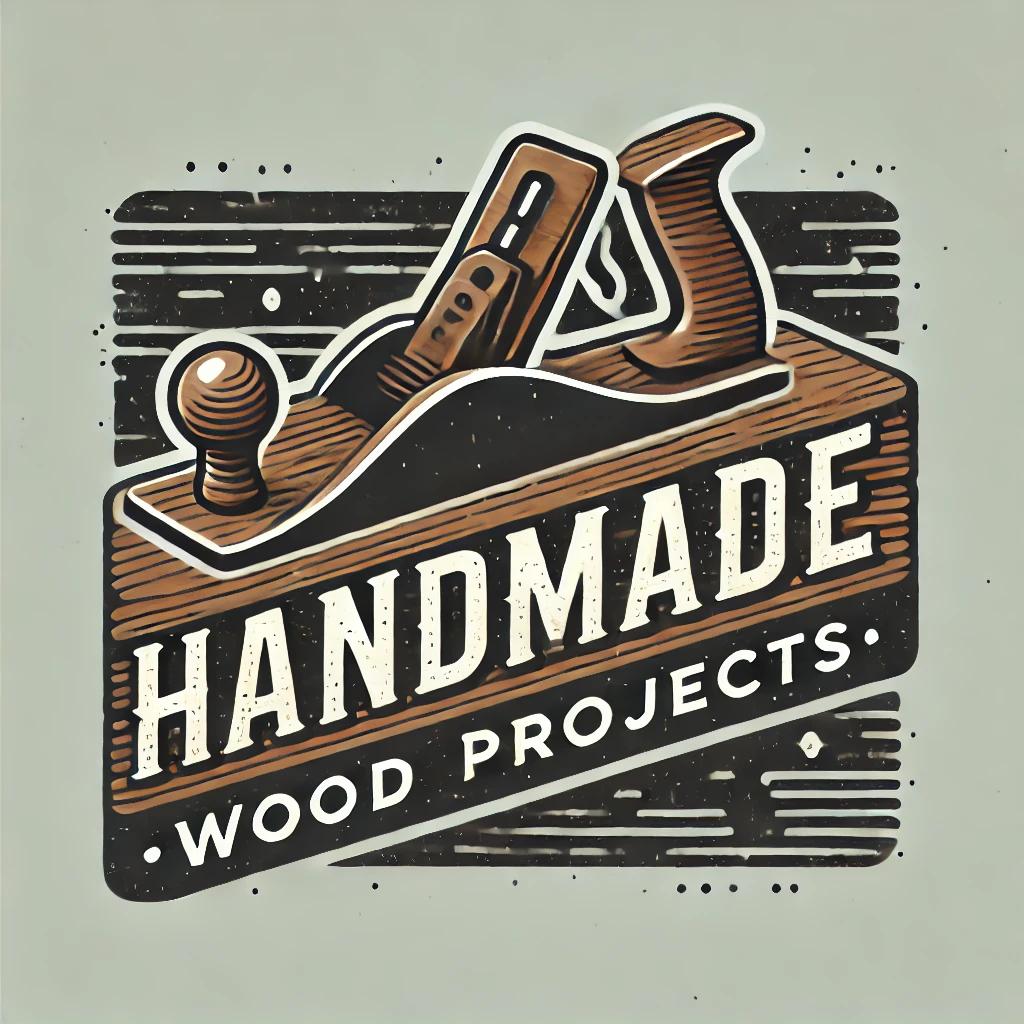
The Growing Popularity of Furniture Upcycling
Key Takeaways
- Furniture upcycling is a sustainable trend gaining traction in woodworking.
- Techniques vary from painting to reupholstering, breathing new life into old pieces.
- Incorporating unique styles can reflect personal creativity and environmental consciousness.
- Community workshops and online guides are critical in promoting upcycling techniques.
- Keeping an eye on trends can enhance project outcomes and inspire new ideas.
In recent years, the trend of furniture upcycling has increasingly gained popularity within the woodworking community. This movement combines creativity, sustainability, and the desire for unique home decor. As we enter 2025, let's explore the techniques and styles that are capturing attention and what makes upcycling a desirable project for many DIY enthusiasts.
What is furniture upcycling?
Furniture upcycling refers to the process of transforming old or discarded furniture into something functional and aesthetically pleasing. Rather than disposing of these items, woodworkers and DIYers often give them new life through innovative techniques. This not only contributes to environmental sustainability by reducing waste but also allows for personal expression in home decor.
Techniques Used in Furniture Upcycling
There are several techniques that woodworkers employ to breathe new life into old furniture. Below is a table detailing some of the most common methods:
| Technique | Description | Tools Needed |
|---|---|---|
| Painting | Applying a fresh coat of paint can completely change the look of furniture. | Paintbrushes, spray paint, sandpaper |
| Reupholstering | Replacing old fabrics with new ones on chairs and sofas. | Staple gun, fabric, scissors |
| Distressing | Creating an aged effect on furniture surfaces. | Sandpaper, paint, wax |
| Decoupage | Adhering paper cutouts to furniture for decorative effects. | Mod Podge, brushes, scissors |
| Refinishing | Restoring the original wood finish through sanding and sealing. | Sander, wood stain, sealants |
Styles That Are Trending in 2025
As trends evolve, various styles associated with furniture upcycling have captured the attention of the woodworking community. Here are some popular styles to consider:
- Bohemian: Colorful patterns, textures, and mismatched pieces create a relaxed vibe.
- Industrial: Using raw materials and minimalistic designs to create a modern, urban feel.
- Rustic: Emphasizing natural materials, distressed finishes, and farmhouse elements.
- Mid-Century Modern: Streamlined shapes, organic forms, and functional design aesthetics.
- Scandinavian: Minimalist approach focusing on simplicity and functionality with a cozy touch.
Why Furniture Upcycling is Thriving
Several factors contribute to the overall growth of furniture upcycling, making it an appealing choice for both new and experienced woodworkers:
- Sustainability: With climate change in mind, upcycling offers an environmentally friendly solution to consumption.
- Personalization: It allows for creating unique pieces that reflect individual tastes and styles.
- Cost-Effective: Rescuing furniture is often cheaper than purchasing new high-quality pieces.
- Community Engagement: Workshops and online communities foster a sense of belonging amongst enthusiasts.
- Skill Development: Upcycling encourages learning new skills and refining existing woodworking techniques.
Engaging with the Upcycling Community
Being part of the furniture upcycling movement is more than just DIY projects; it’s about community connection. Many individuals share their unique creations and techniques on various online platforms, including blogs, social media, and dedicated woodworking forums. Joining discussions in these spaces not only increases your knowledge but also inspires your next project.
Resources to Explore
To dive deeper into the world of furniture upcycling, here are some useful resources to consider:
Conclusion
In summary, the growing trend of furniture upcycling presents a unique synergy of environmental responsibility, creativity, and craftsmanship. By understanding techniques, exploring emerging styles, and engaging with the community, enthusiasts can elevate their woodworking skills. As we move through 2025, keeping abreast of these trends will not only enhance your projects but also inspire a more sustainable approach to woodworking.



